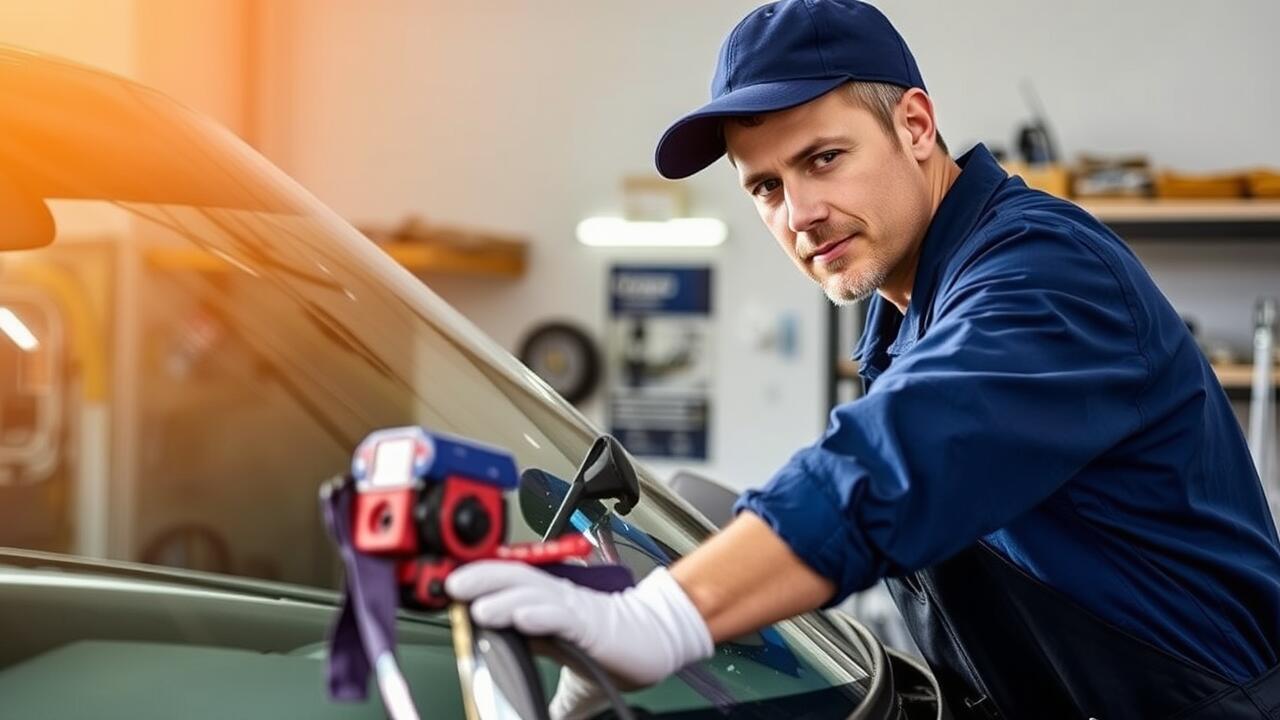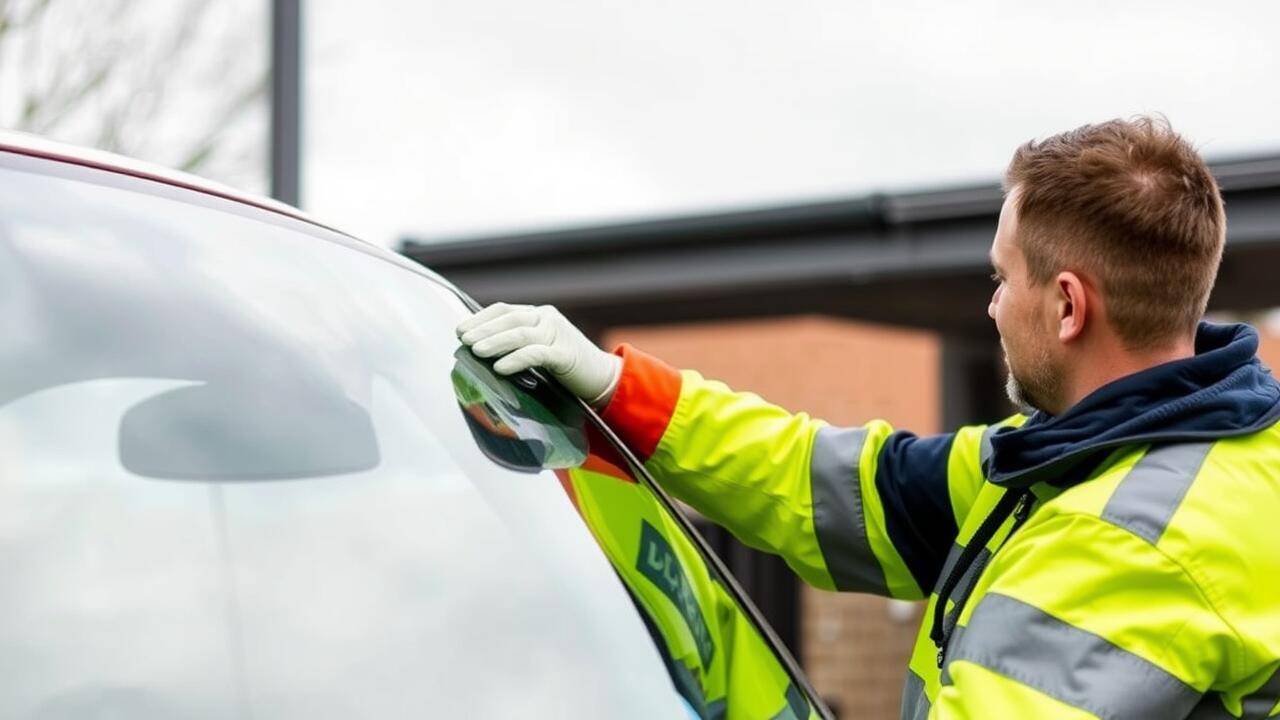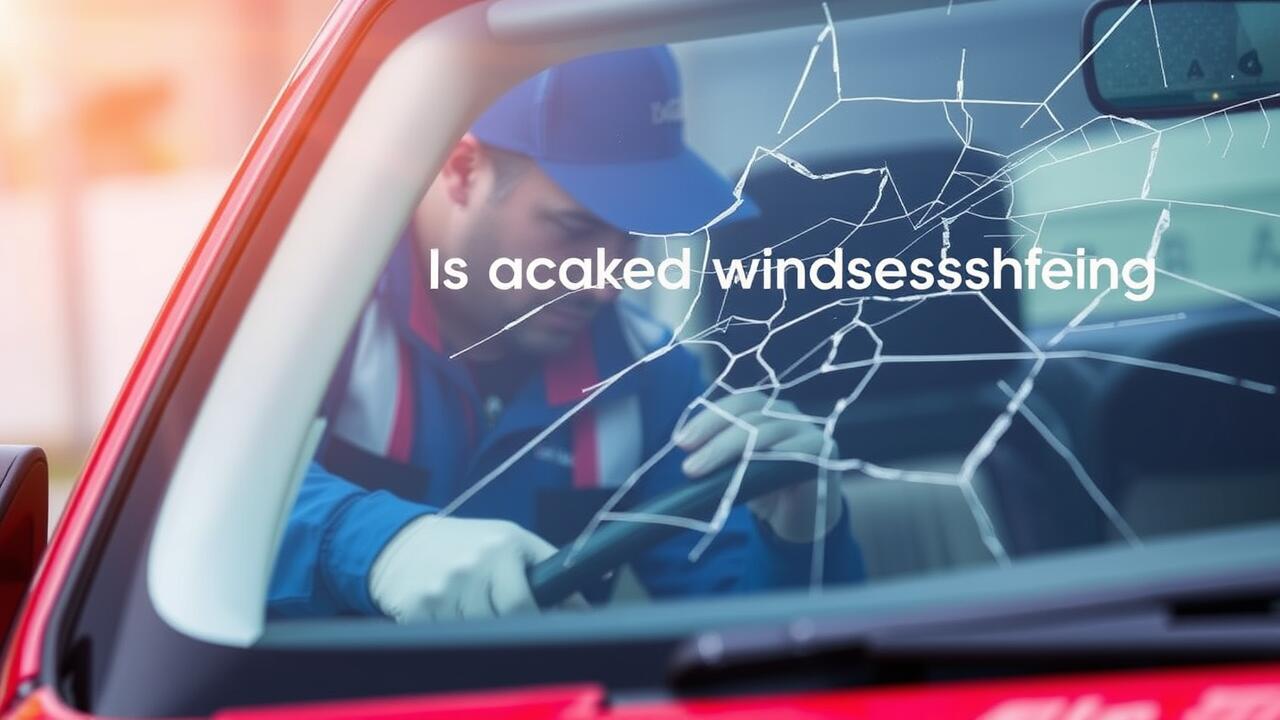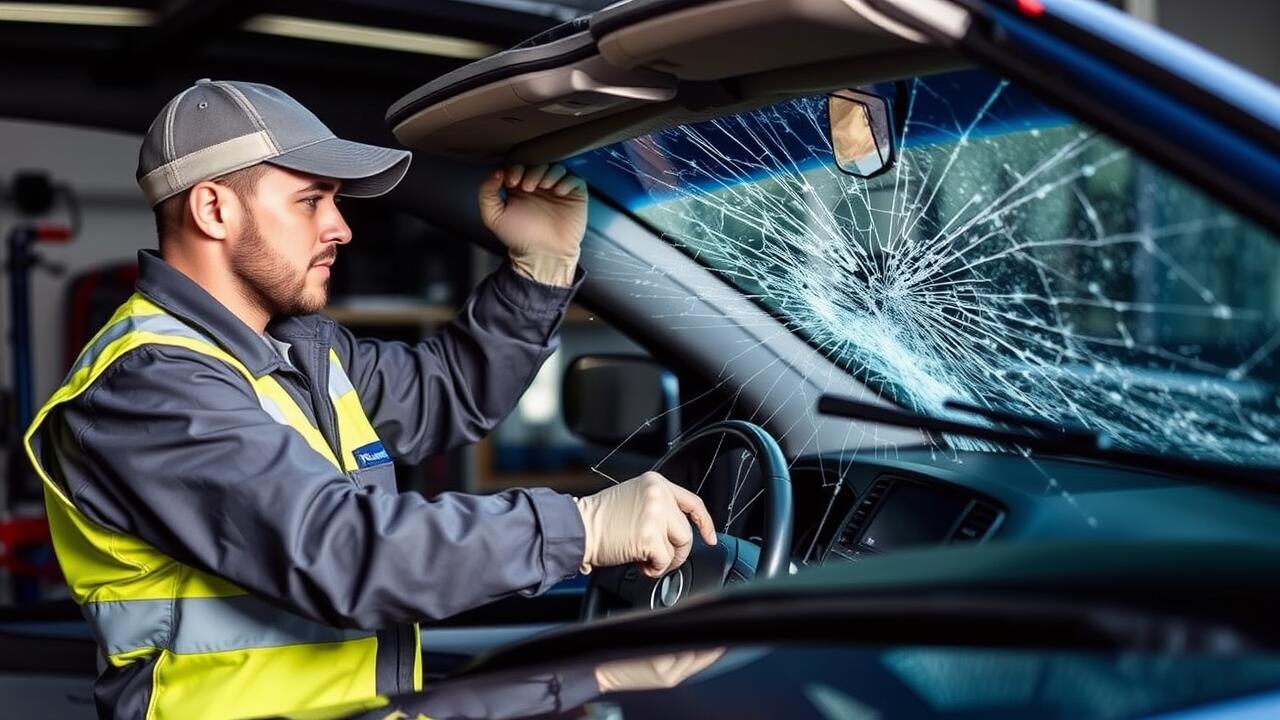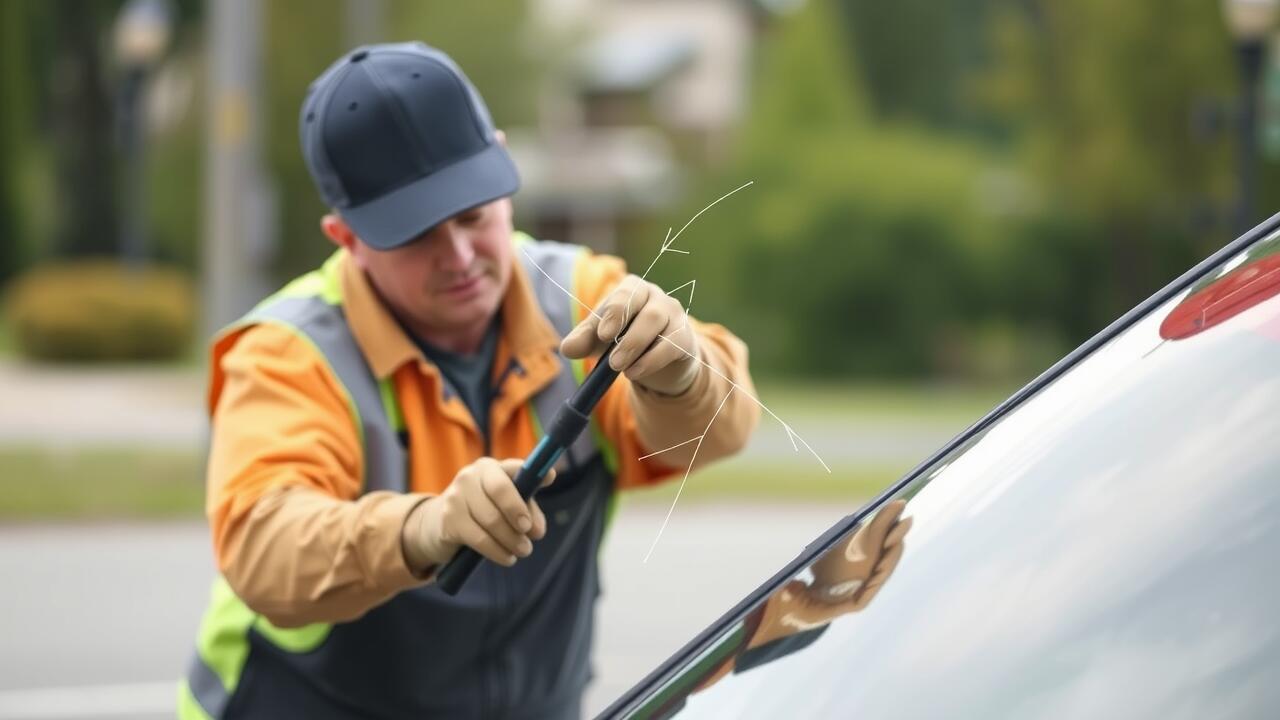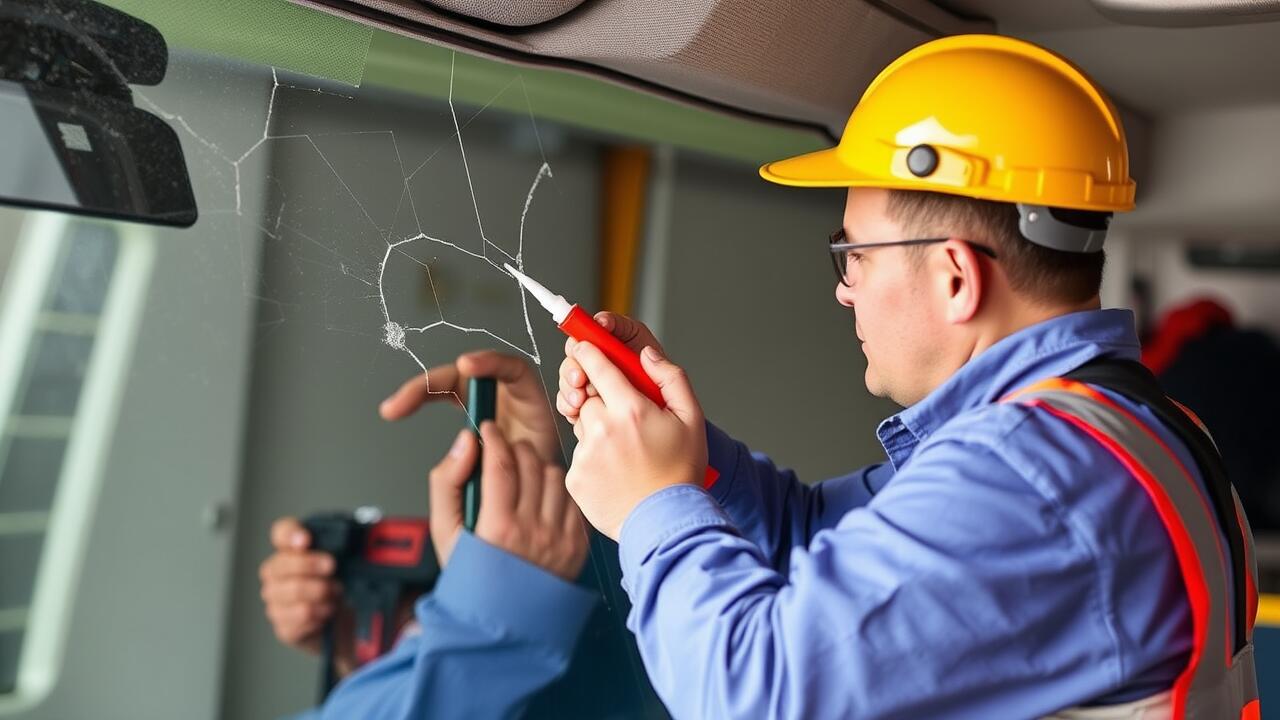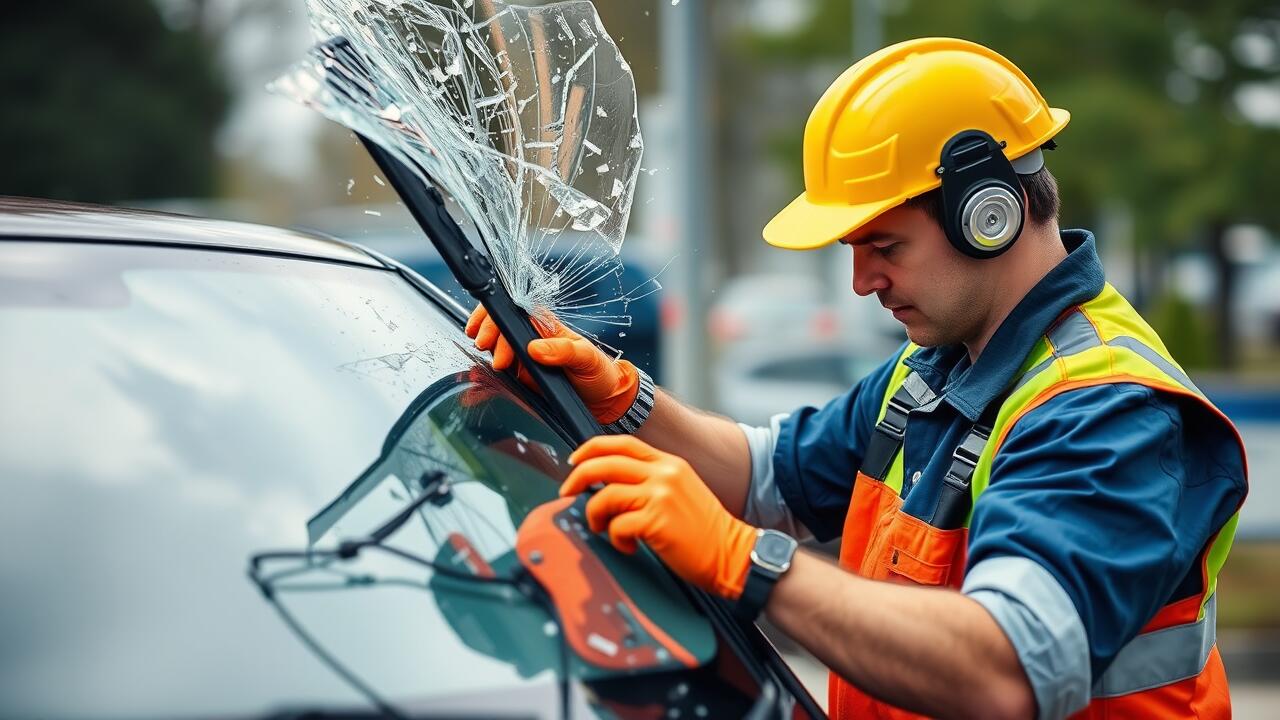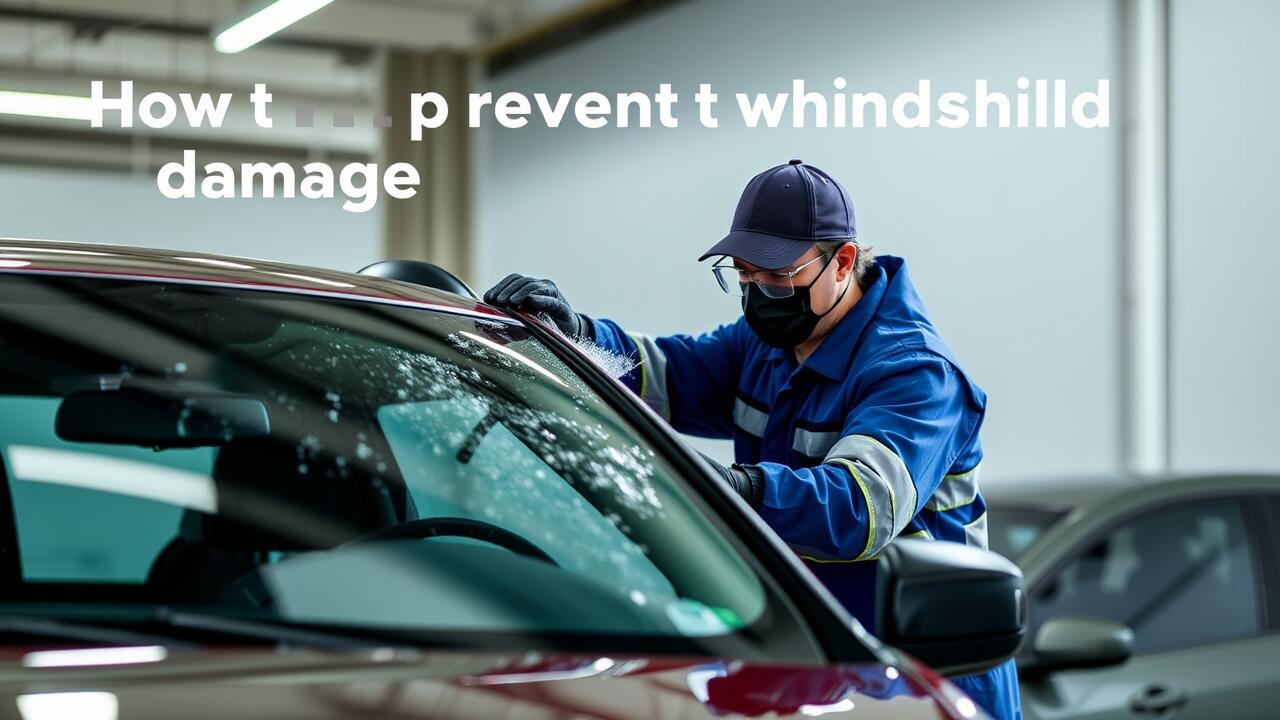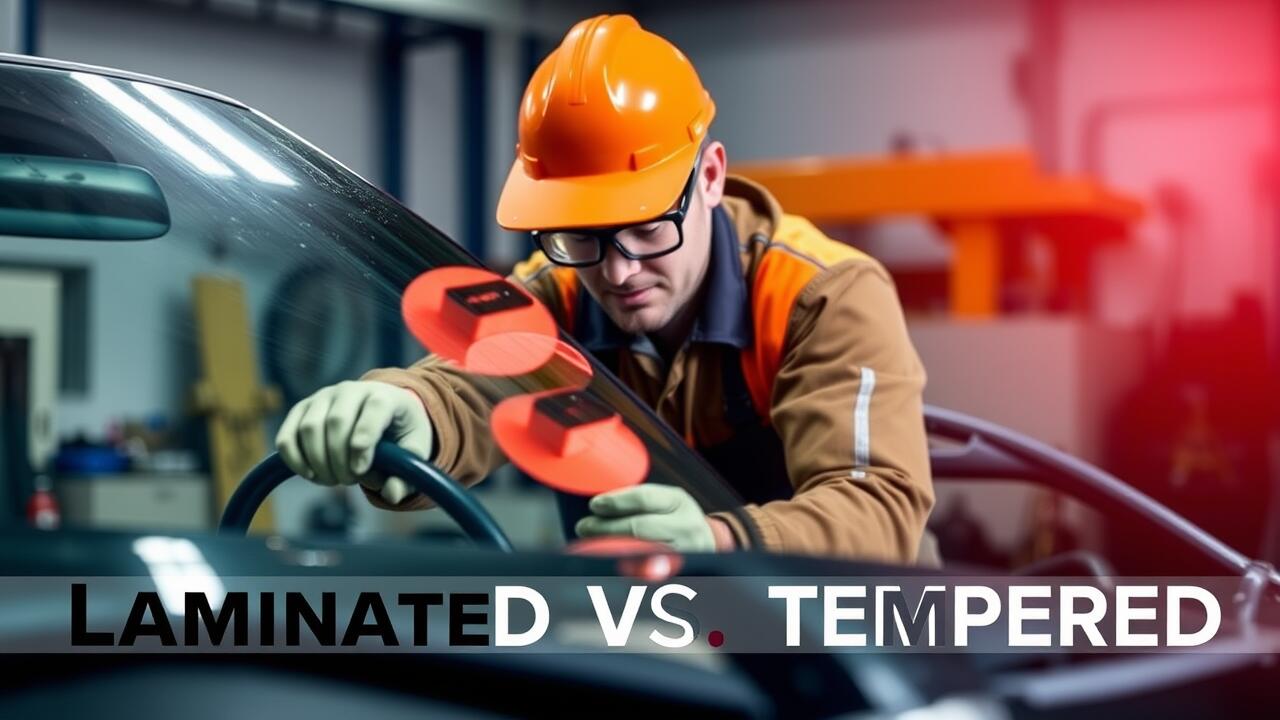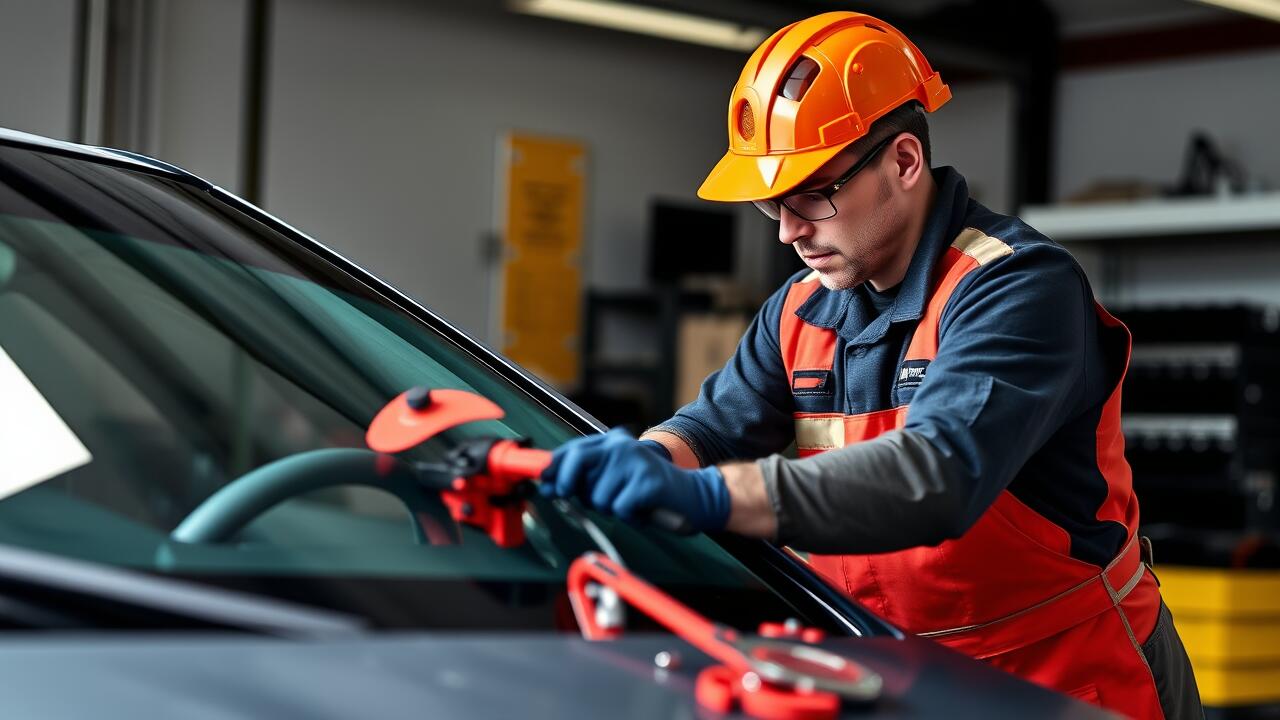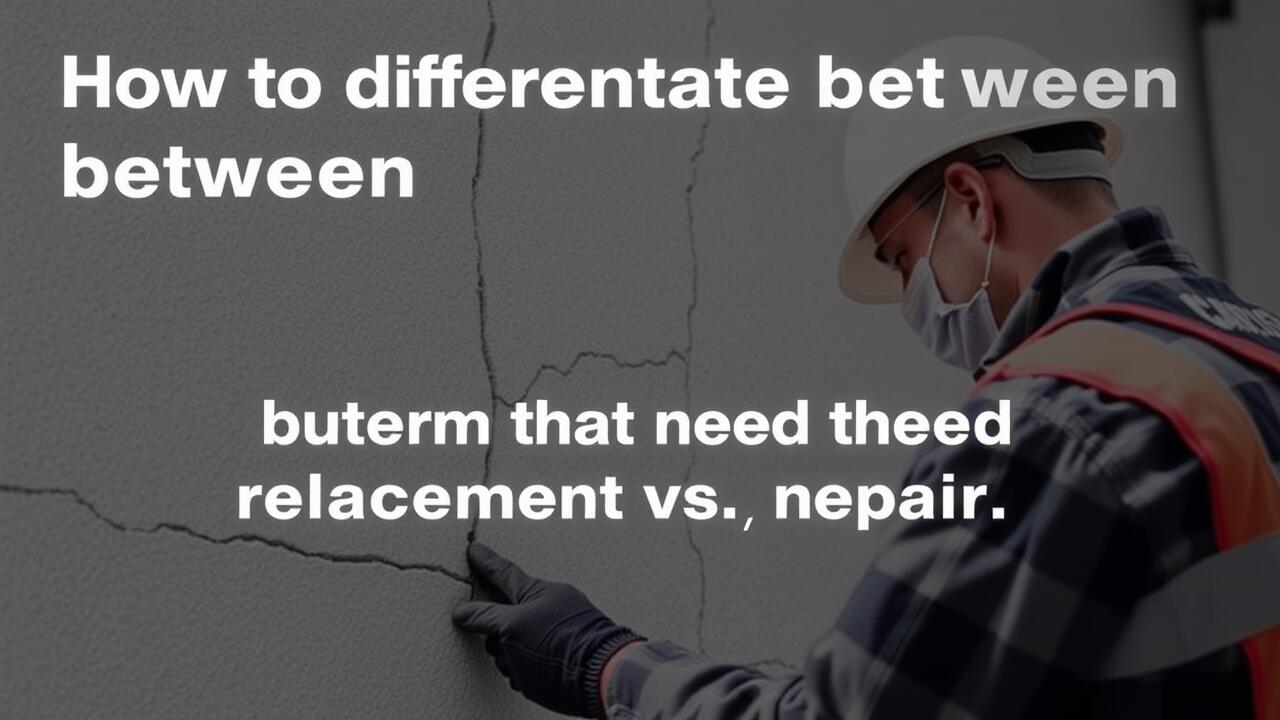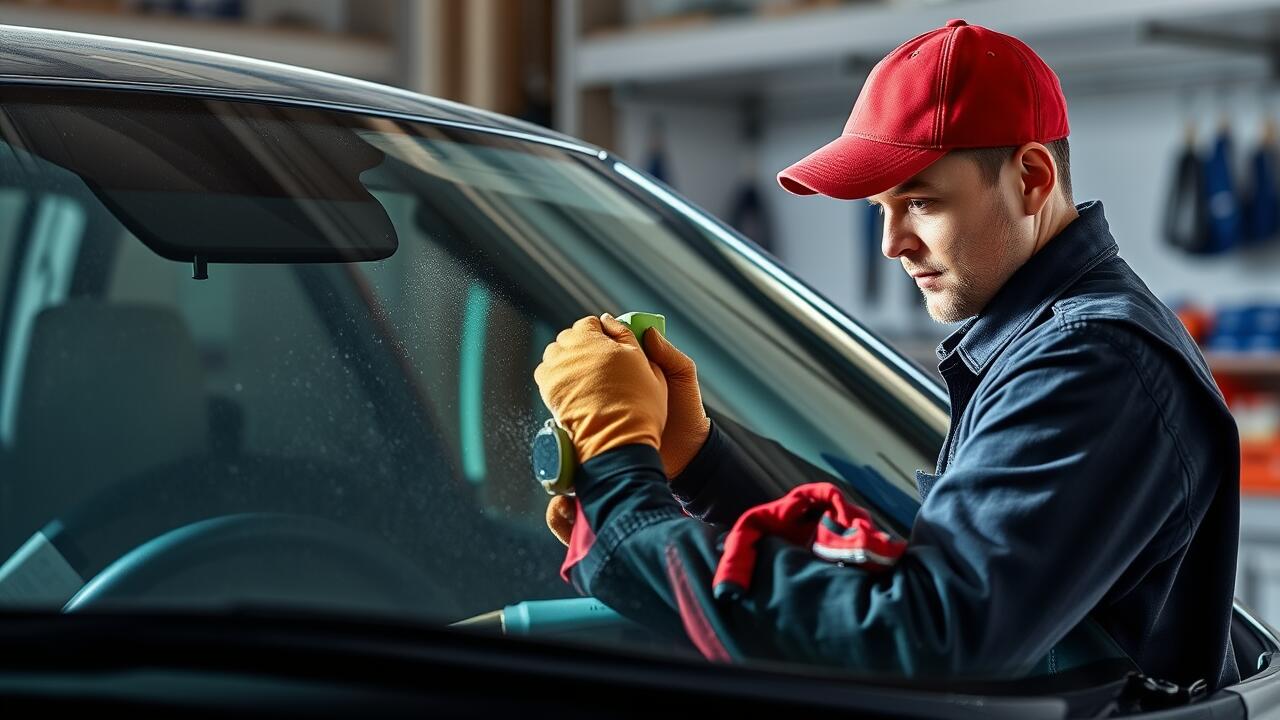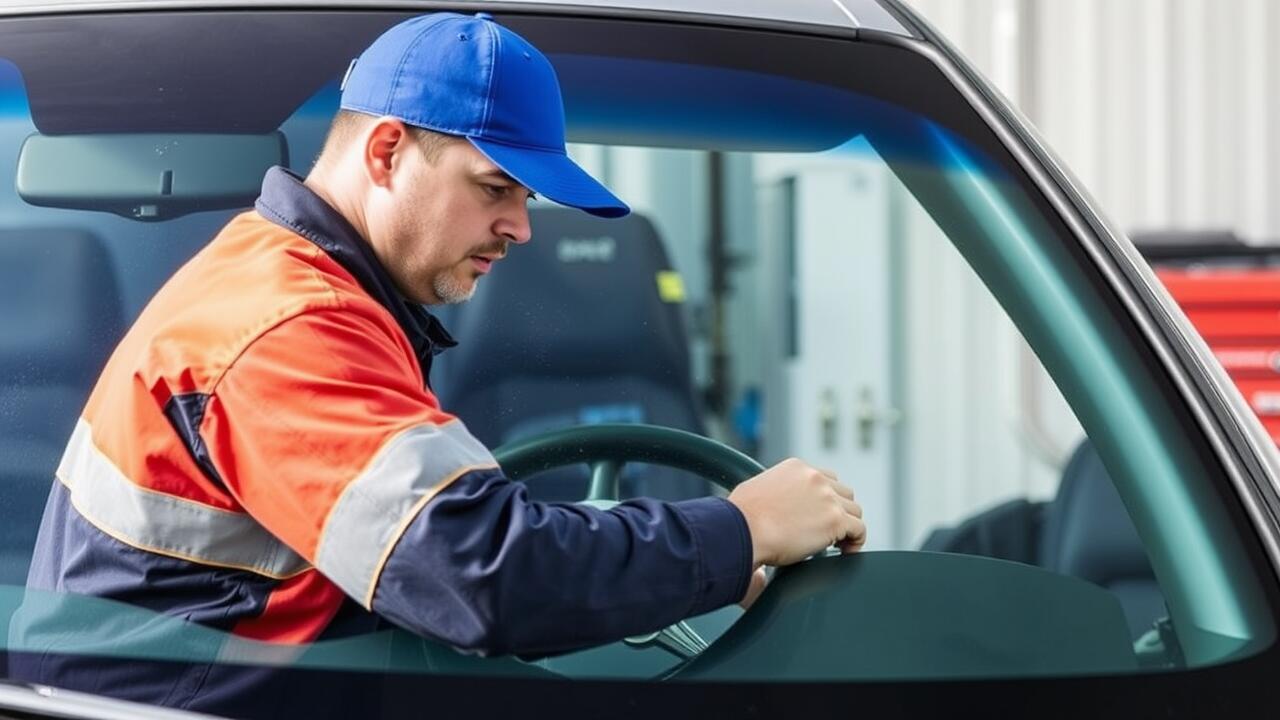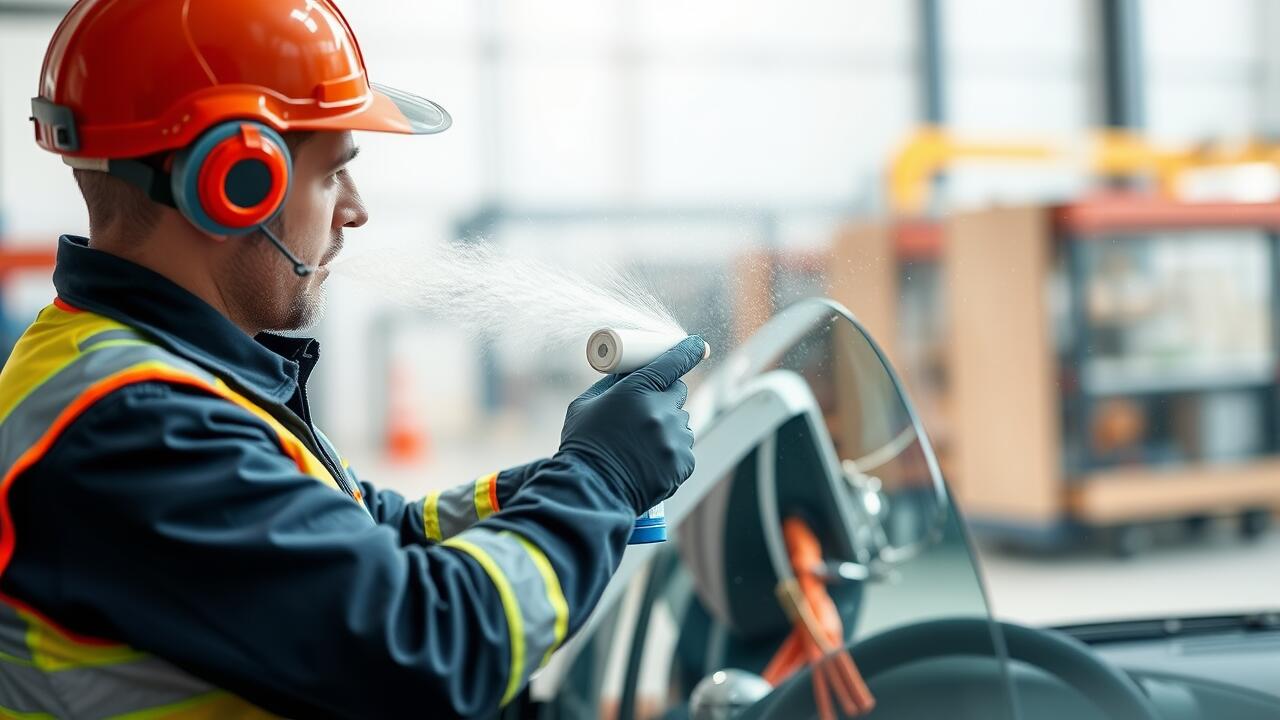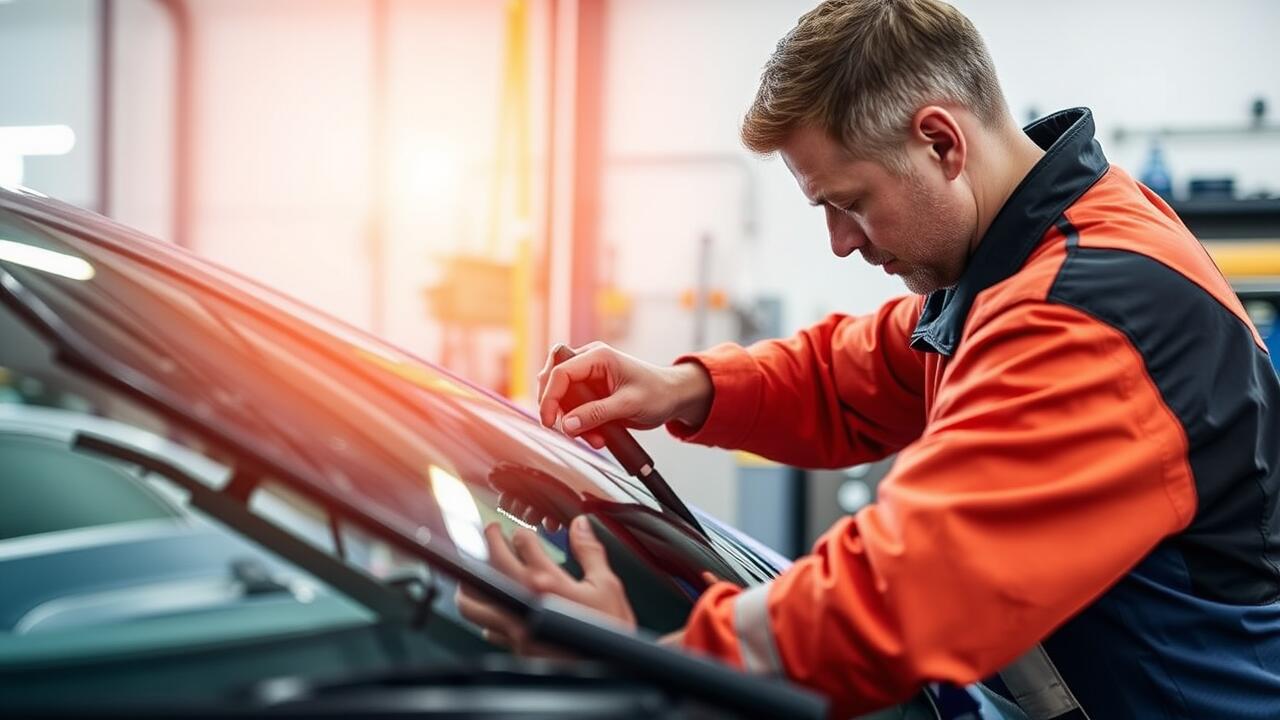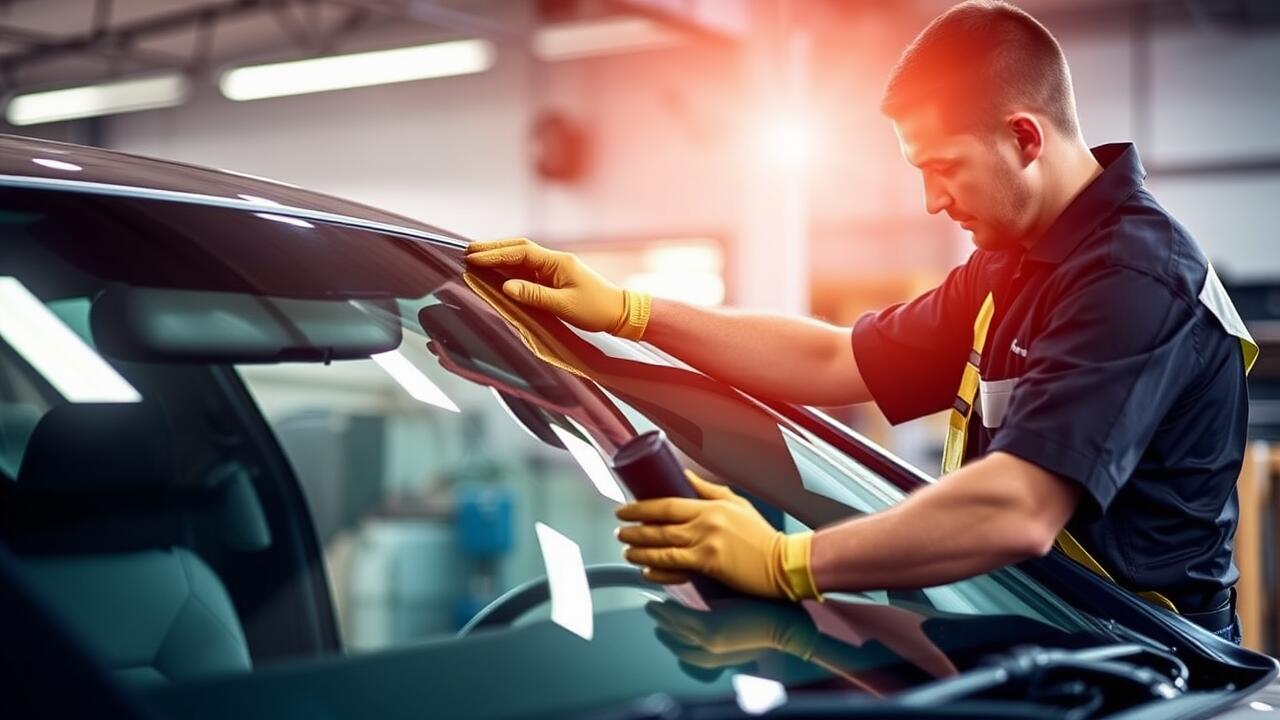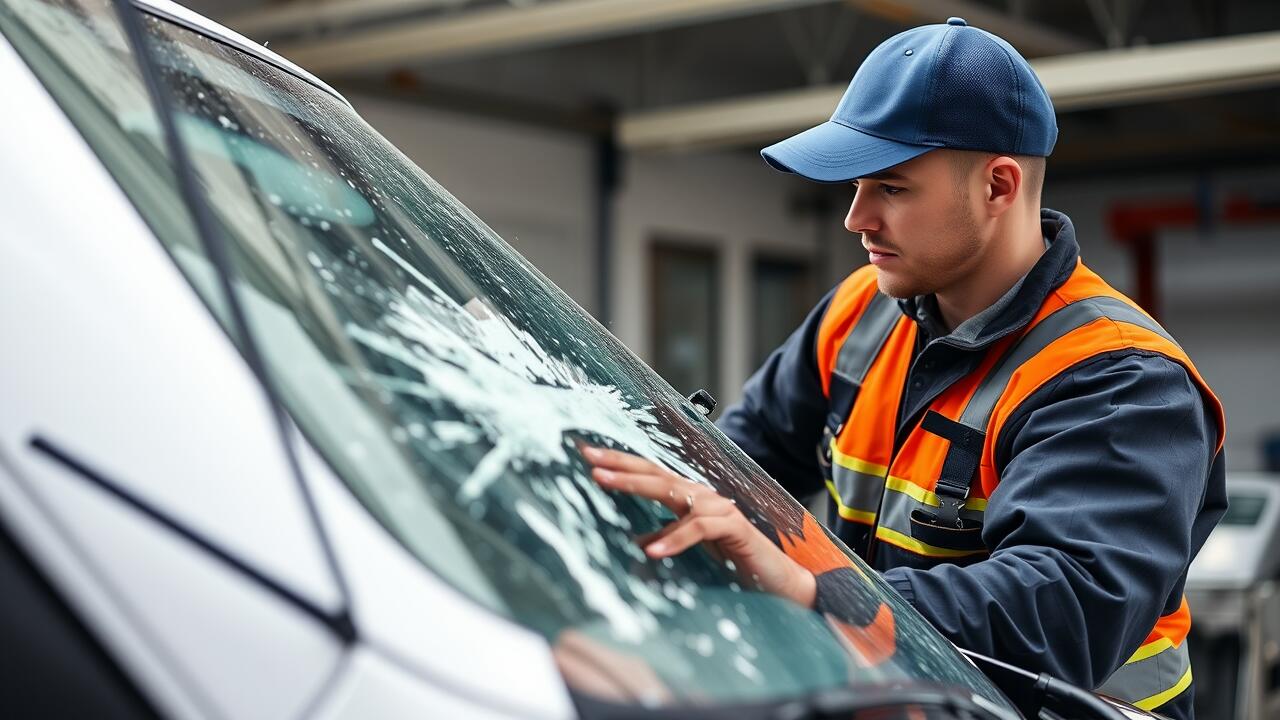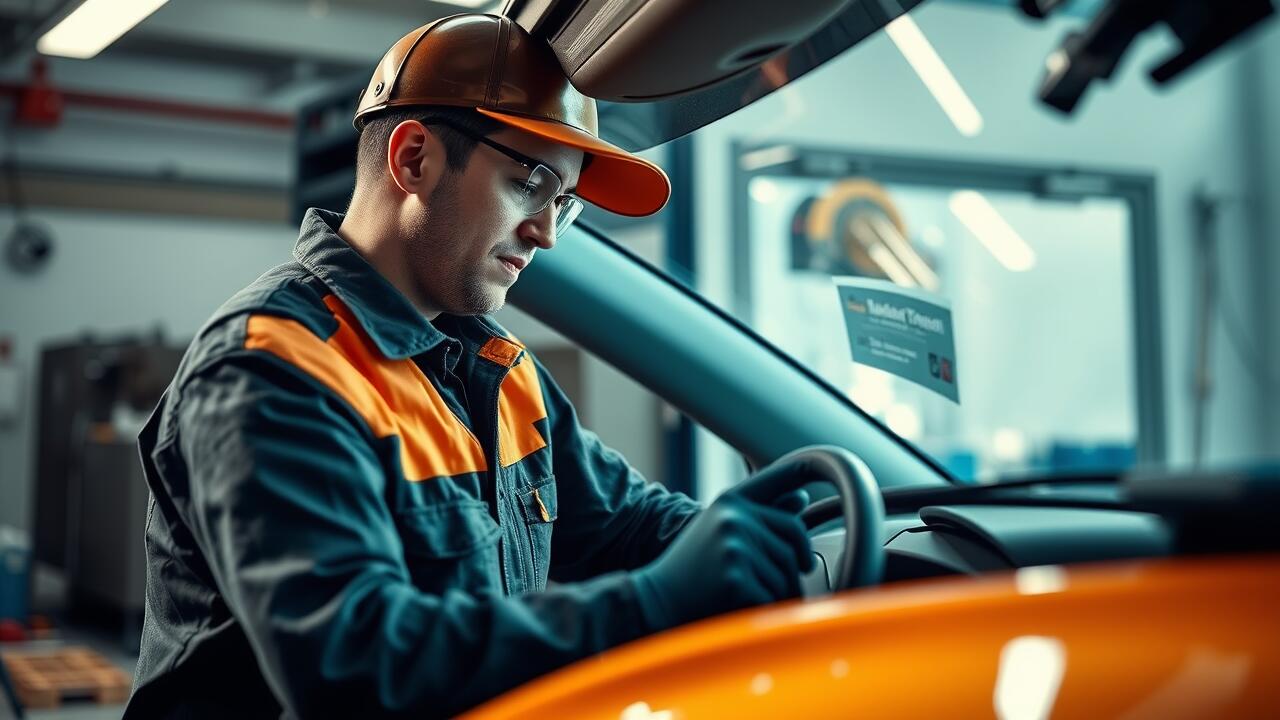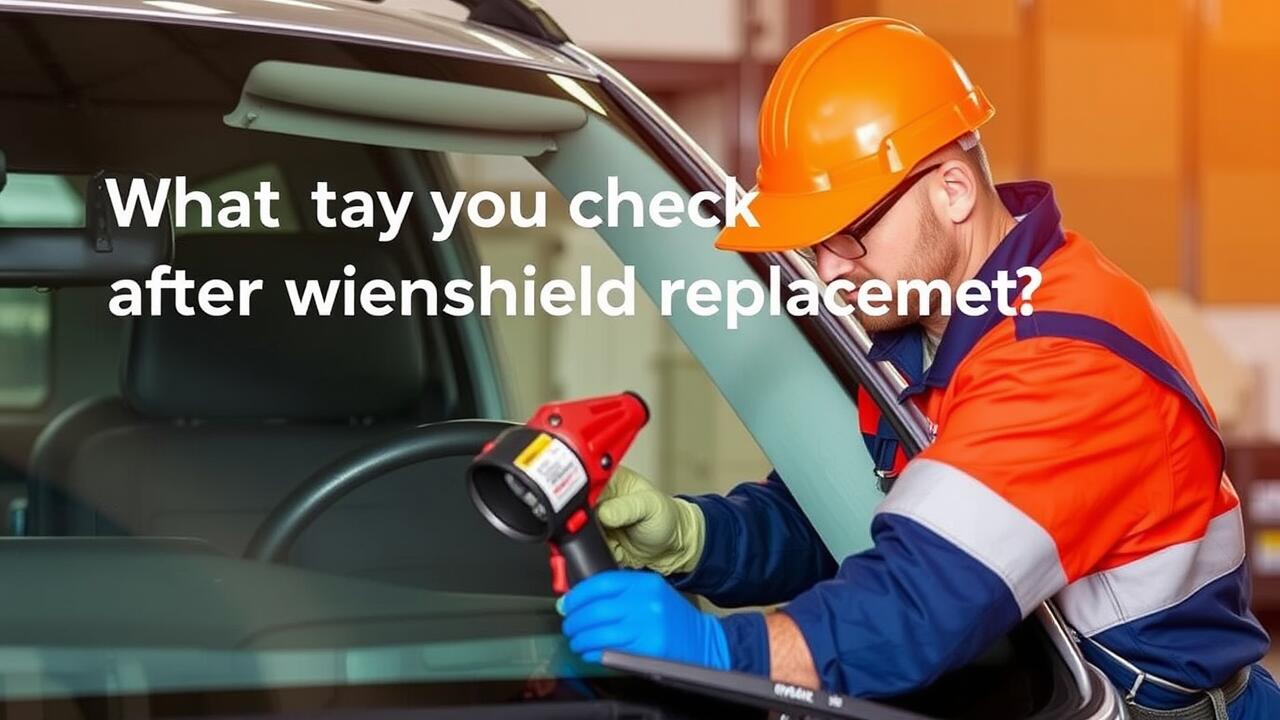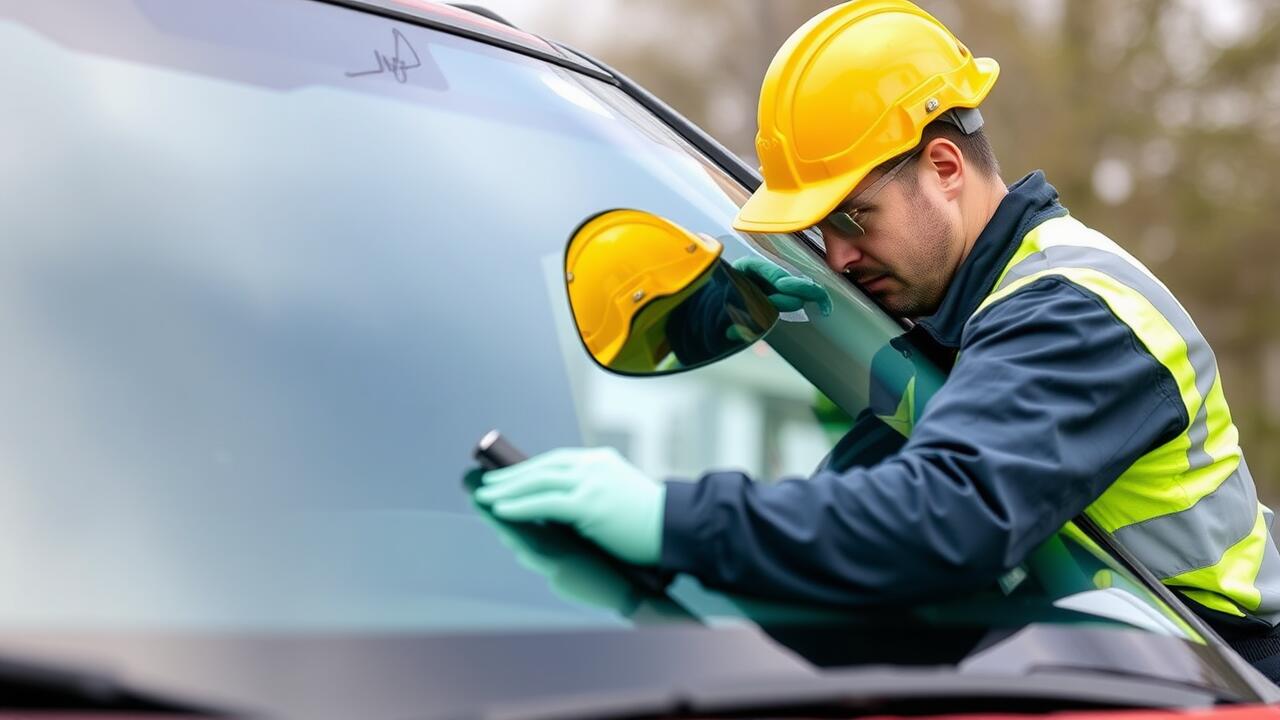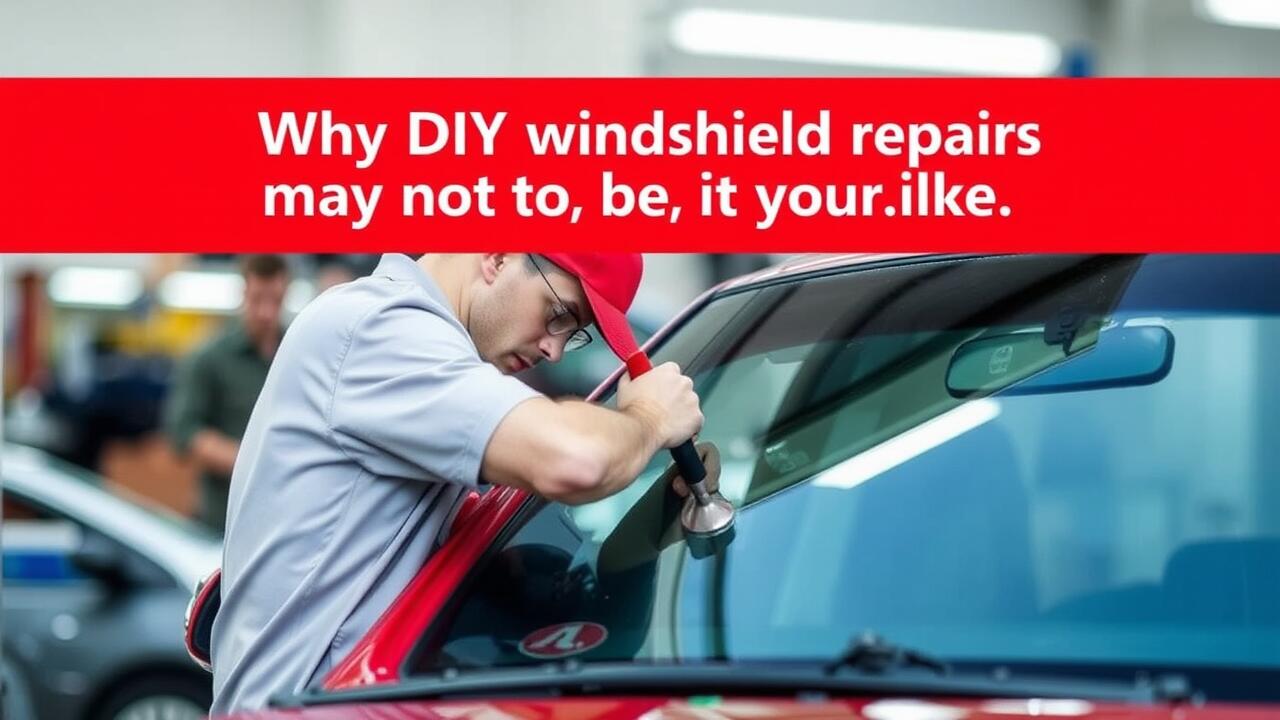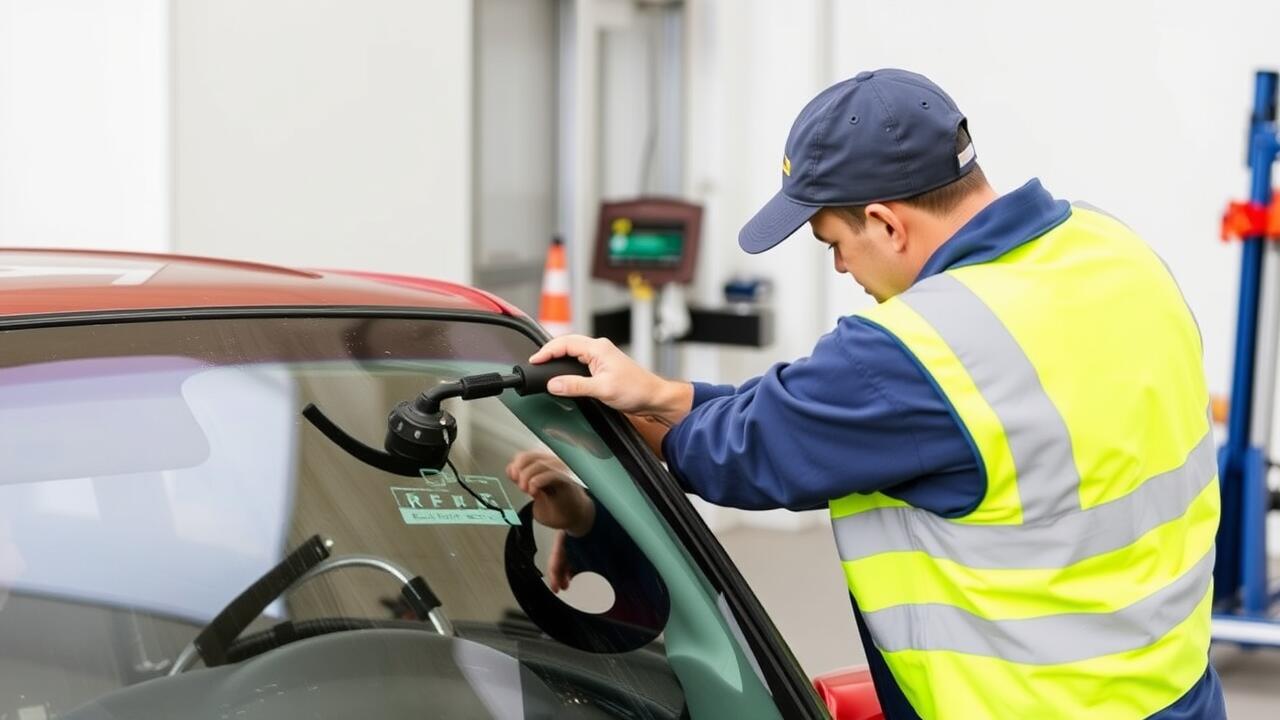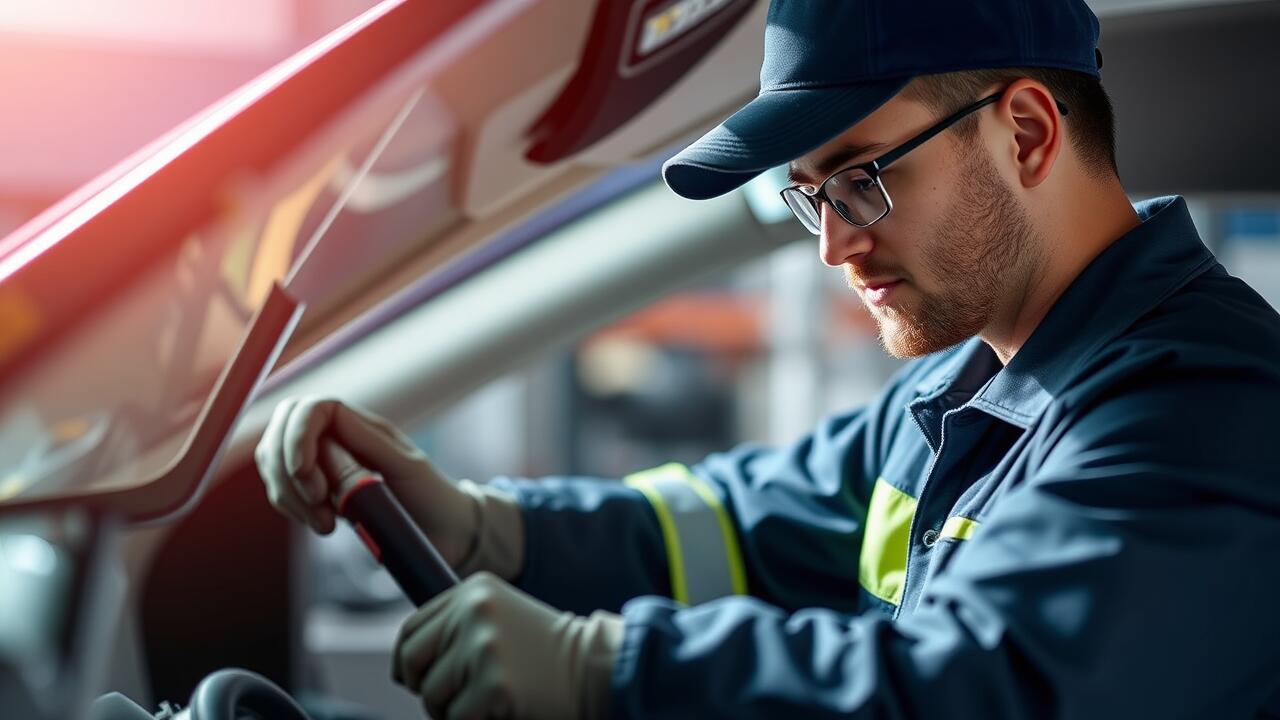
Table Of Contents
Timeframe for Completion
Understanding the timeframe for windshield replacement is essential for planning your day. Technicians often provide an estimate of how long the replacement will take, typically ranging from one to three hours. This depends on several factors, including the type of vehicle, availability of the windshield, and the technician's experience. It’s advisable to ask your technician for a more accurate timeline based on your specific situation.
It's also important to consider any waiting periods following the replacement. While the initial installation may be completed in a few hours, full curing of the adhesives used can take longer. Most professionals recommend avoiding any stress on the windshield for at least an hour after the installation. Before you leave the shop, clarify these details with your technician to ensure your windshield replacement is both efficient and safe.
How long will the entire replacement process take?
When considering a windshield replacement, understanding the timeframe for the entire process is crucial. Typically, the actual replacement can take anywhere from one to two hours. However, this duration may vary based on the technician’s experience, the complexity of the installation, and specific vehicle requirements.
Additional factors can also influence the total time commitment. For instance, older vehicles may require more work due to potential rust or issues with the adhesive. Moreover, if you’re opting for any enhancements, such as the addition of advanced driver-assistance systems, this could extend the timeframe significantly. It’s always best to ask your technician for a clear estimate that encompasses both the replacement and any related factors.
Impact on Insurance
The decision to have a windshield replacement can have implications for your insurance policy. Many people are unsure whether such an event will lead to changes in their premiums or affect their coverage. It's essential to consult with your insurance provider to understand how a replacement might play into your specific plan. Some insurers might cover the full cost of the replacement without impacting your rates, while others may view it differently.
Clarifying how your policy addresses windshield repairs also helps in budgeting for future expenses. Even if your insurance covers the cost, there may be deductibles or out-of-pocket expenses involved. Knowing these details in advance can prevent unwelcome surprises later on and ensure that you are adequately covered throughout the process.
Will this replacement affect my insurance policy?
When considering a windshield replacement, it is important to understand how it may impact your insurance policy. Many insurance companies cover repairs or replacements, though the specifics can vary based on your plan. Comprehensive coverage often includes glass damage, meaning that the cost of the replacement could either be fully covered or subject to a deductible. It’s wise to check with your provider beforehand to clarify these details.
Additionally, a windshield replacement might not directly affect your premiums, especially if the damage qualifies as a non-fault claim. However, some providers may adjust rates based on factors like claim history. Knowing your policy’s terms can help prevent surprises later. Consulting with your insurance agent or the technician can provide clarity on what to expect in relation to your windshield replacement and overall coverage.
Post-Installation Care
After a windshield replacement, it’s essential to give the adhesive time to bond properly. Avoid driving for at least an hour to allow the sealant to set. Keep the vehicle in a controlled environment, if possible, as extreme temperatures can affect the curing process. Additionally, do not wash your vehicle for a week to prevent water from weakening the bond.
In the days following the installation, be cautious when using the windshield wipers. Allowing them to swipe across an unsecured area can damage the newly installed glass. Ensure that any adjustments made to the mirrors or other components are done gently. Following these post-installation care tips will help maintain the integrity of your windshield replacement and ensure its longevity.
What precautions should I take after the windshield has been replaced?
After a windshield replacement, it's essential to allow the adhesive to cure properly. Avoid driving the vehicle for at least an hour to minimize disturbance. After that, refrain from any long trips for the first 24 hours. Limiting exposure to extreme temperatures can also help the adhesive set better. Parking in a shaded area or garage can aid this process.
In addition to handling the vehicle carefully, monitoring for leaks or wind noise in the days following the installation is advisable. If you notice any issues, contact your technician promptly for assistance. Keeping the interior dry will also help prevent mold or mildew from developing. Proper care after a windshield replacement ensures longevity and maintains safety while driving.
FAQS
What should I ask about the timeframe for my windshield replacement?
You should inquire how long the entire replacement process will take, including any necessary preparation and curing time for adhesives.
Will the windshield replacement process affect my insurance premiums?
It's important to ask your technician whether the replacement will impact your insurance policy, as some claims may result in increased premiums.
What precautions should I take after my windshield has been replaced?
After installation, you should ask your technician for specific post-installation care tips, such as avoiding car washes or heavy rain for a certain period.
Can I drive my vehicle immediately after a windshield replacement?
You should clarify with your technician how soon you can safely drive the vehicle post-replacement, as it depends on the adhesive used.
What type of warranty do you offer for the windshield replacement?
Be sure to ask about any warranties provided for the replacement work and materials, as this can give you peace of mind regarding future issues.
